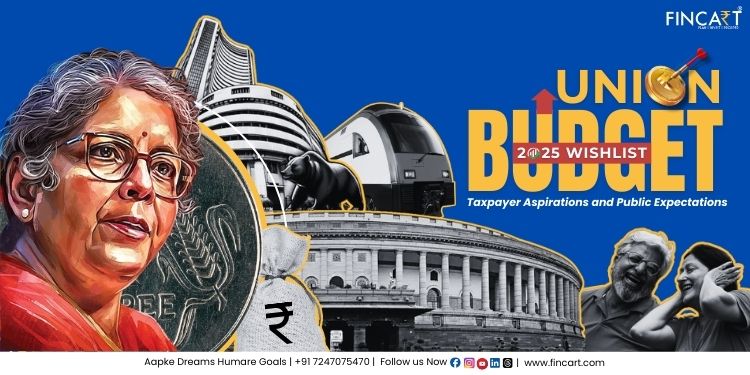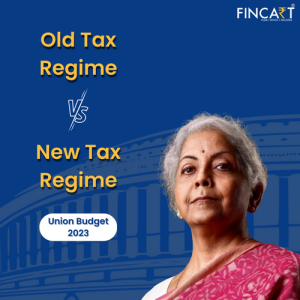As India prepares for the Union Budget 2025, both taxpayers and the general public are expressing a range of expectations aimed at fostering economic growth, enhancing social welfare, and simplifying the tax landscape. Below is a comprehensive overview of the key anticipations where relief is sought by them:
1. Personal Income Tax Reforms
Increase in Basic Exemption Limit: Taxpayers are hopeful for an increase in the basic exemption limit under the new tax regime from ₹3 lakh to ₹5 lakh, which would provide substantial relief to low and middle-income earners.
Reduction in Tax Rates: There is an expectation for a reduction in personal income tax rates, particularly for individuals earning up to ₹1.5 million annually, to boost disposable income and stimulate consumption.
Rationalization of Capital Gains Tax: Simplifying the capital gains tax structure by aligning tax rates and holding periods across various asset classes is anticipated to reduce complexities and promote investment.
2. Simplification of Tax Filing Procedures
Taxpayers are advocating for a more streamlined and user-friendly tax filing system. Proposed changes under consideration include:
Formula-Based Income Calculations: Replacing complex statutes with straightforward formulas to determine income.
Unified Tax Year Definition: Eliminating the confusion between assessment and financial years by introducing a single ‘tax year’ concept.
Tabular Formats for Taxpayers: Implementing clear, tabular formats tailored to different taxpayer categories for easier comprehension.
Reduction in Required Forms: Minimizing the number of forms needed for online tax return submissions and ensuring all necessary forms are readily accessible online.
3. Enhancements in Tax Deductions and Exemptions
Section 80C: Taxpayers are advocating for an increase in the Section 80C deduction limit beyond the current ₹1.5 lakh to better accommodate savings and investments.
Deduction limit on bank deposits: Additionally, there is a call to raise the deduction limit under Section 80TTA for interest on savings accounts from ₹10,000 to ₹20,000, and for senior citizens under Section 80TTB from ₹50,000 to ₹1 lakh.
Housing Rent Allowance (HRA) Adjustments: There is an expectation of including Tier-2 cities like Pune, Hyderabad, Ahmedabad, and Bengaluru in the 50% HRA exemption category to ensure tax parity. This is because the rental costs in these cities are similar to those in current metro cities.
Incentives for Term Life Insurance: To encourage financial security, there is a proposal to offer a separate tax deduction for term life insurance premiums, distinct from the existing Section 80C limit. This would make term insurance more accessible and attractive, helping bridge the coverage gap.
Increase in Deduction for Home Loan Interest: To stimulate the real estate sector and make housing more affordable, there is an expectation to raise the deduction limit on home loan interest from ₹2 lakh to ₹3 lakh under Section 24(b). This move could incentivize home purchases and support the housing market.
4. Support for Senior Citizens
Given the rising cost of living and healthcare expenses, senior citizens are seeking increased financial support through the below measures.
Higher Deductions on Interest Income: Raising the deduction limit under Section 80TTB from ₹50,000 to ₹1 lakh for interest income from bank deposits would be highly appreciated.
Higher Deduction under Section 80D: The deduction for health insurance premiums and medical expenses under Section 80D could be increased specifically for senior citizens, given their higher healthcare costs.
5. Goods and Services Tax (GST) Reforms
Rationalization of GST Rates: Stakeholders are calling for a reduction and simplification of GST rates, particularly in sectors like real estate, to reduce the tax burden and stimulate demand.
Simplified Compliance Procedures: There is a demand for easing GST compliance requirements to reduce the administrative burden on businesses, especially small enterprises.
6. Infrastructure and Rural Development
Increased Capital Expenditure: There is an expectation for continued investment in infrastructure projects to spur economic growth, create jobs, and improve the quality of public services. This is in line with the government’s vision of a developed India by 2047, known as Viksit Bharat 2047.
Focus on Rural Economy: Allocations aimed at rural development, including agriculture infrastructure and rural employment schemes, are anticipated to boost the rural economy and enhance livelihoods.
7. Fiscal Consolidation
Reduction in Fiscal Deficit: The government aims to reduce the fiscal deficit to 4.5% of GDP by FY26, balancing the need for fiscal prudence with economic stimulus measures.
As the Union Budget 2025 unfolds, it remains to be seen how these expectations will be addressed to balance fiscal responsibility with the needs of taxpayers and the general public. In conclusion, the Union Budget 2025 is anticipated to address these key areas to meet the expectations of taxpayers and the general public. Implementing these measures could lead to increased disposable incomes, higher investments, and overall economic growth, while ensuring fiscal responsibility.




